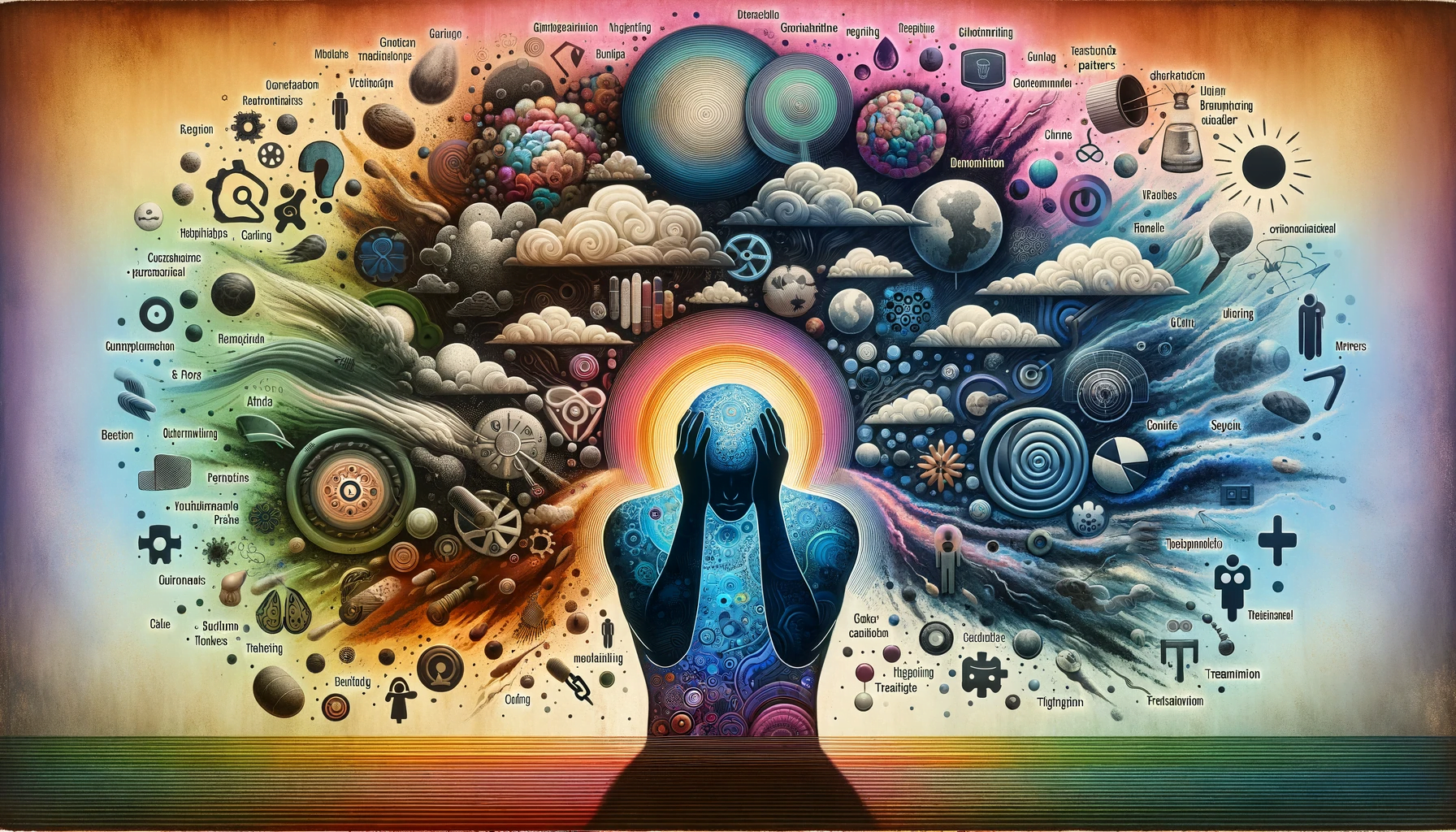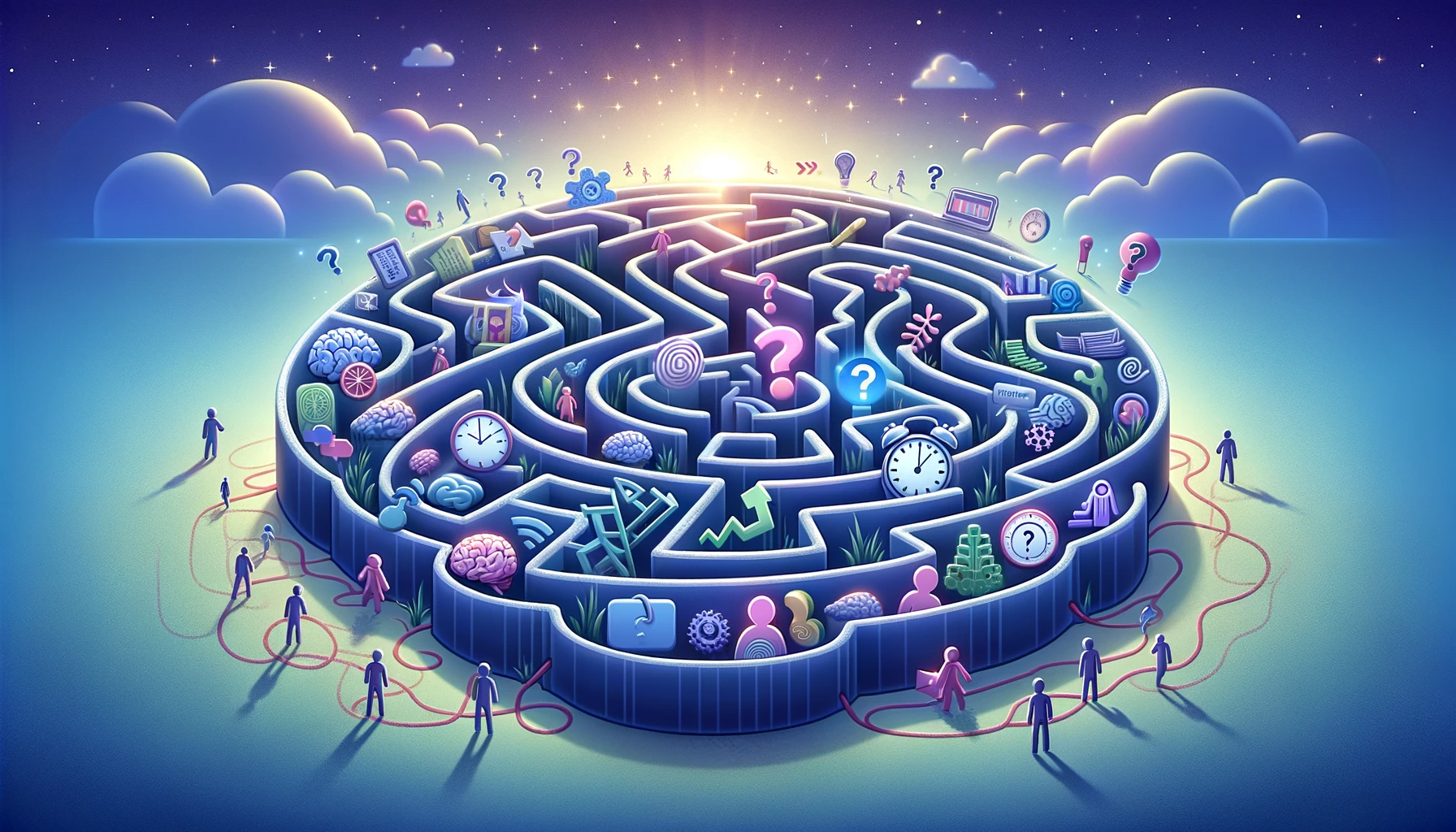Introduction: Social Anxiety Disorder (SAD), also known as social phobia, is a common anxiety disorder characterized by an intense fear of social situations and being judged or negatively evaluated by others. This article explores the impact of Social Anxiety Disorder on interpersonal relationships and performance in social settings, shedding light on the experiences of those affected and the available treatment options.
Understanding Social Anxiety Disorder:
Individuals with SAD often experience significant distress in situations where they are exposed to possible scrutiny by others, leading to avoidance of social situations, isolation, and in severe cases, significant impairments in daily functioning.
Impact on Interpersonal Relationships:
- Fear of Judgment: Individuals with SAD might be overly concerned about being judged or embarrassed, making it difficult to form and maintain relationships.
- Avoidance of Social Situations: Intense fear can lead to avoiding social interactions, hindering the development of personal and professional relationships.
- Communication Challenges: Anxiety may impair one’s ability to communicate effectively, further complicating interactions and relationships.
Performance in Social Settings:
- Work and School Impairment: SAD can significantly impact performance in work or educational settings, where social interaction is often necessary.
- Limited Participation: Individuals may find it challenging to participate in group activities or public speaking, restricting their involvement and opportunities.
- Physical Symptoms: Anxiety in social situations can also manifest physically, with symptoms like blushing, sweating, trembling, or nausea, which can further increase distress and avoidance.
Causes of Social Anxiety Disorder:
- Genetic and Biological Factors: There may be a genetic component to SAD, and it is believed that imbalances in neurotransmitters can also play a role.
- Environmental Influences: Overprotective or controlling parenting styles, as well as traumatic social experiences, can contribute to the development of SAD.
- Temperamental Factors: Behavioral inhibition and shyness in childhood can increase the risk of developing social anxiety later in life.
Treatment Options:
- Psychotherapy: Cognitive Behavioral Therapy (CBT) is one of the most effective treatments, helping individuals change negative thought patterns and behaviors.
- Medication: Antidepressants or anti-anxiety medications can sometimes be used to alleviate symptoms.
- Skill Training: Social skills training can help improve communication abilities and reduce anxiety in social interactions.
- Support Groups: Connecting with others who understand SAD can provide support and coping strategies.
Conclusion: Social Anxiety Disorder can have a profound impact on an individual’s ability to interact in social settings and maintain relationships. However, with effective treatment and support, individuals can learn to manage their symptoms, improve their social skills, and lead more fulfilling lives. Understanding and addressing the disorder is a crucial step towards empowerment and recovery.


